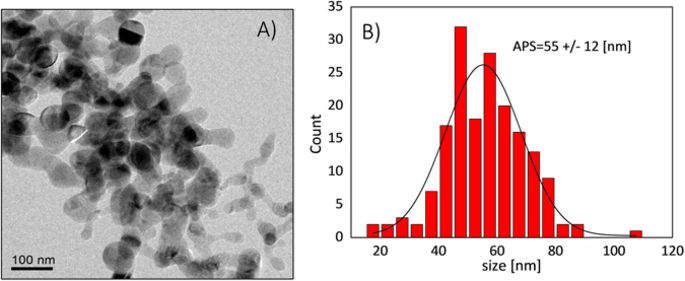Our official English website, www.x-mol.net, welcomes your
feedback! (Note: you will need to create a separate account there.)
Nanometer size silicon particles for hyperpolarized MRI.
Scientific Reports ( IF 3.8 ) Pub Date : 2017-Aug-11 , DOI: 10.1038/s41598-017-08709-0 Grzegorz Kwiatkowski , Fabian Jähnig , Jonas Steinhauser , Patrick Wespi , Matthias Ernst , Sebastian Kozerke
Scientific Reports ( IF 3.8 ) Pub Date : 2017-Aug-11 , DOI: 10.1038/s41598-017-08709-0 Grzegorz Kwiatkowski , Fabian Jähnig , Jonas Steinhauser , Patrick Wespi , Matthias Ernst , Sebastian Kozerke

|
Hyperpolarized silicon particles have been shown to exhibit long spin-lattice relaxation times at room temperature, making them interesting as novel MRI probes. Demonstrations of hyperpolarized silicon particle imaging have focused on large micron size particles (average particle size (APS) = 2.2 μm) as they have, to date, demonstrated much larger polarizations than nanoparticles. We show that also much smaller silicon-29 particles (APS = 55 ± 12 nm) can be hyperpolarized with superior properties. A maximum polarization of 12.6% in the solid state is reported with a spin-lattice relaxation time of 42 min at room temperature thereby opening a new window for MRI applications.
中文翻译:

用于超极化MRI的纳米级硅颗粒。
超极化硅粒子已显示出在室温下具有长的自旋晶格弛豫时间,这使其成为新型MRI探针的有趣之处。超极化硅粒子成像的演示集中在大微米尺寸的粒子(平均粒子尺寸(APS)= 2.2μm)上,因为迄今为止它们已显示出比纳米粒子更大的极化。我们表明,更小的硅29粒子(APS = 55±12 nm)也可以超极化,具有优异的性能。据报道,在固态下最大极化率为12.6%,在室温下自旋晶格弛豫时间为42分钟,从而为MRI应用打开了新的窗口。
更新日期:2017-08-11
中文翻译:

用于超极化MRI的纳米级硅颗粒。
超极化硅粒子已显示出在室温下具有长的自旋晶格弛豫时间,这使其成为新型MRI探针的有趣之处。超极化硅粒子成像的演示集中在大微米尺寸的粒子(平均粒子尺寸(APS)= 2.2μm)上,因为迄今为止它们已显示出比纳米粒子更大的极化。我们表明,更小的硅29粒子(APS = 55±12 nm)也可以超极化,具有优异的性能。据报道,在固态下最大极化率为12.6%,在室温下自旋晶格弛豫时间为42分钟,从而为MRI应用打开了新的窗口。











































 京公网安备 11010802027423号
京公网安备 11010802027423号